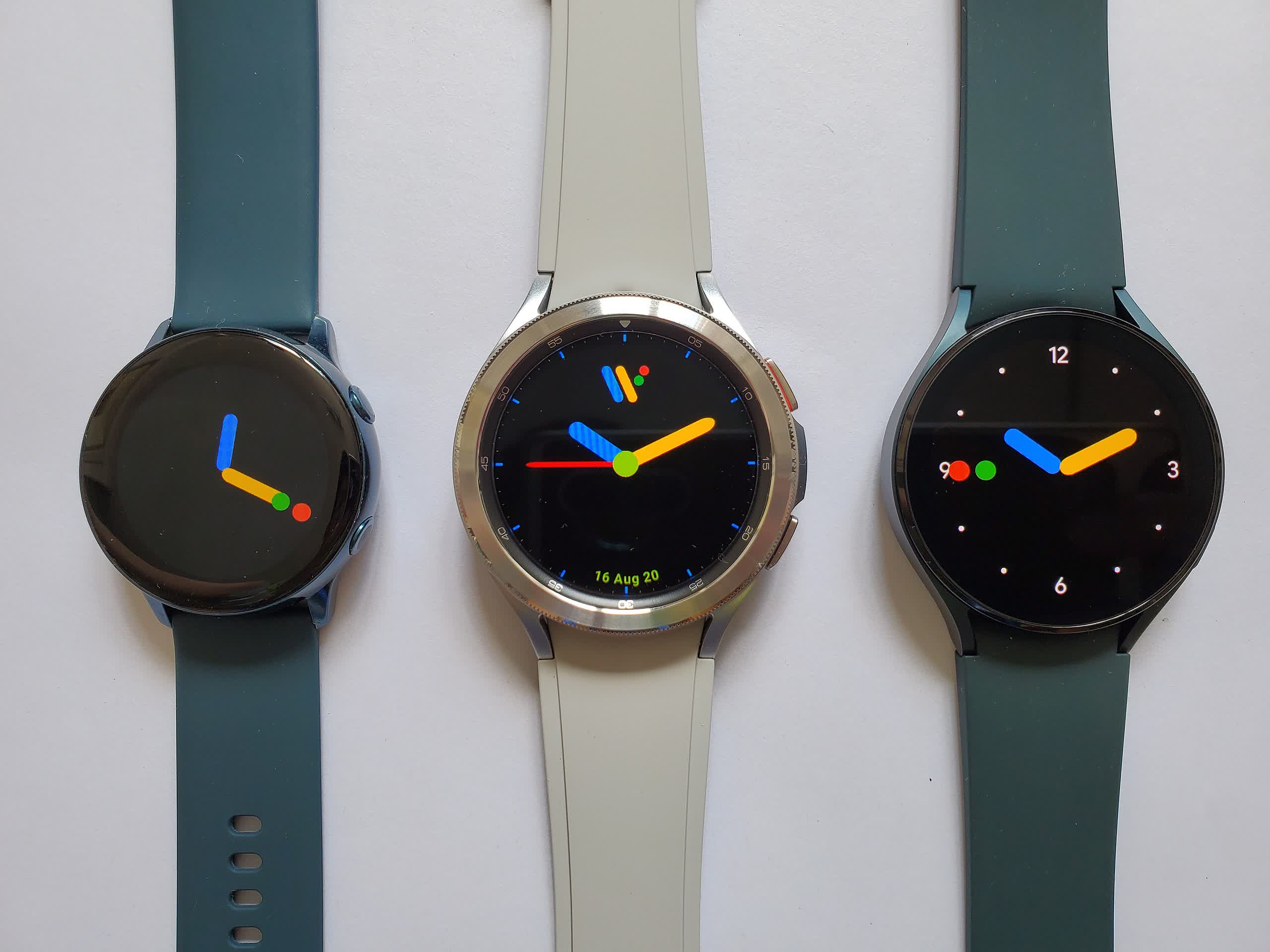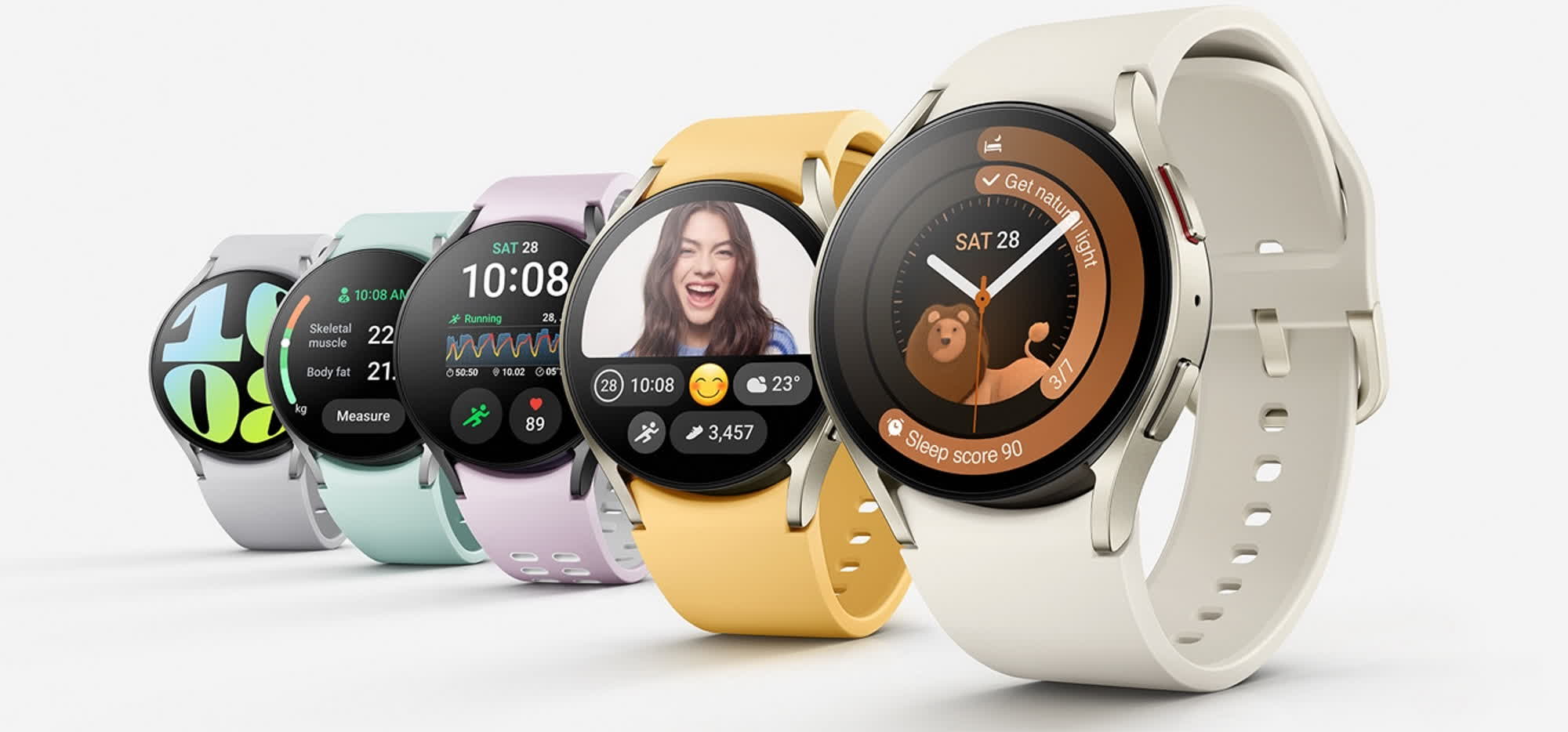In brief: Wear OS releases have traditionally been few and far between, but that could be about to change in a significant way. Rumors say that Samsung and Google are speeding up the upgrade schedule for the latest wearable OS versions, with Android 14-based Wear OS 5 arriving as soon as this year.
Android 14 was released this past October for Google Pixel smartphones, bringing new and improved features to the world of mobile devices. However, Wear OS, Google's operating system designed for smartwatches and other wearables, is still based on the Android 13 release, despite coming to the market just three months ago.
But Wear OS could soon be upgraded to the latest stable build of Android, if recent rumors from 9to5Google are based on solid facts. The publication has seemingly seen confidential information about what Samsung and Google are cooking for the wearable market, with the former company actively working to support Android 14 on the Exynos 5535 system-on-chip.
Exynos 5535 is Samsung's latest processor for wearable gadgets and is expected to power the Galaxy Watch 7 series of smartwatches. In "multiple locations," 9to5Google stated, the Android 14 build being customized to properly work on Galaxy Watch 7 is referred to as "Wear OS 5." The most recent Wear OS version available in consumer devices is Wear OS 4.

If these rumors are confirmed, the Wear OS 5 upgrade would signal a new development in the traditional release cycle of the Android-derived platform. Recent Wear OS versions are known for having skipped Android versions, coming from Android 9 to Android 11 and ultimately to Android 13 with the currently available Wear OS 4 release.
With Wear OS 5 adopting the Android 14 code baseline, Google seems focused on providing wearable devices with the same annual upgrade cycle already adopted for smartphones. The new yearly schedule would also affect Android TV, as a beta of Android TV 14 has been available for download since last summer.
The Wear OS 4 upgrade brought new power optimizations to make apps run as smoothly and efficiently as possible on wearable gadgets, the "Material You" interface design, and new ways to develop wearable-specific apps. Wear OS 4 also improved battery life and provided native backups, enhancing user privacy with new, more granular app permissions to access health data and background body sensors. Specific details about the features expected to come with Wear OS 5 are still unknown at this point.
